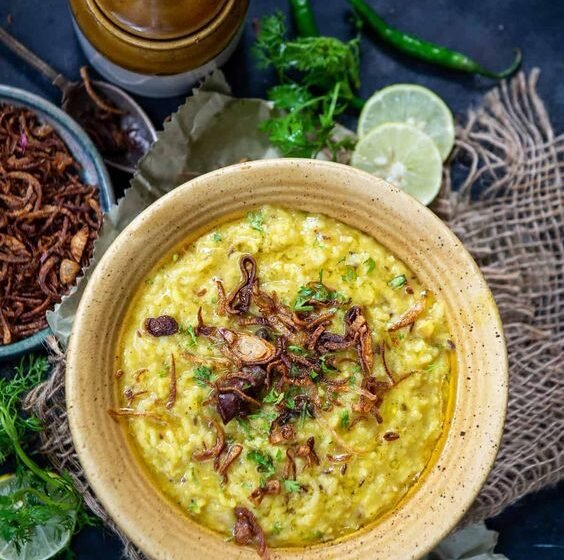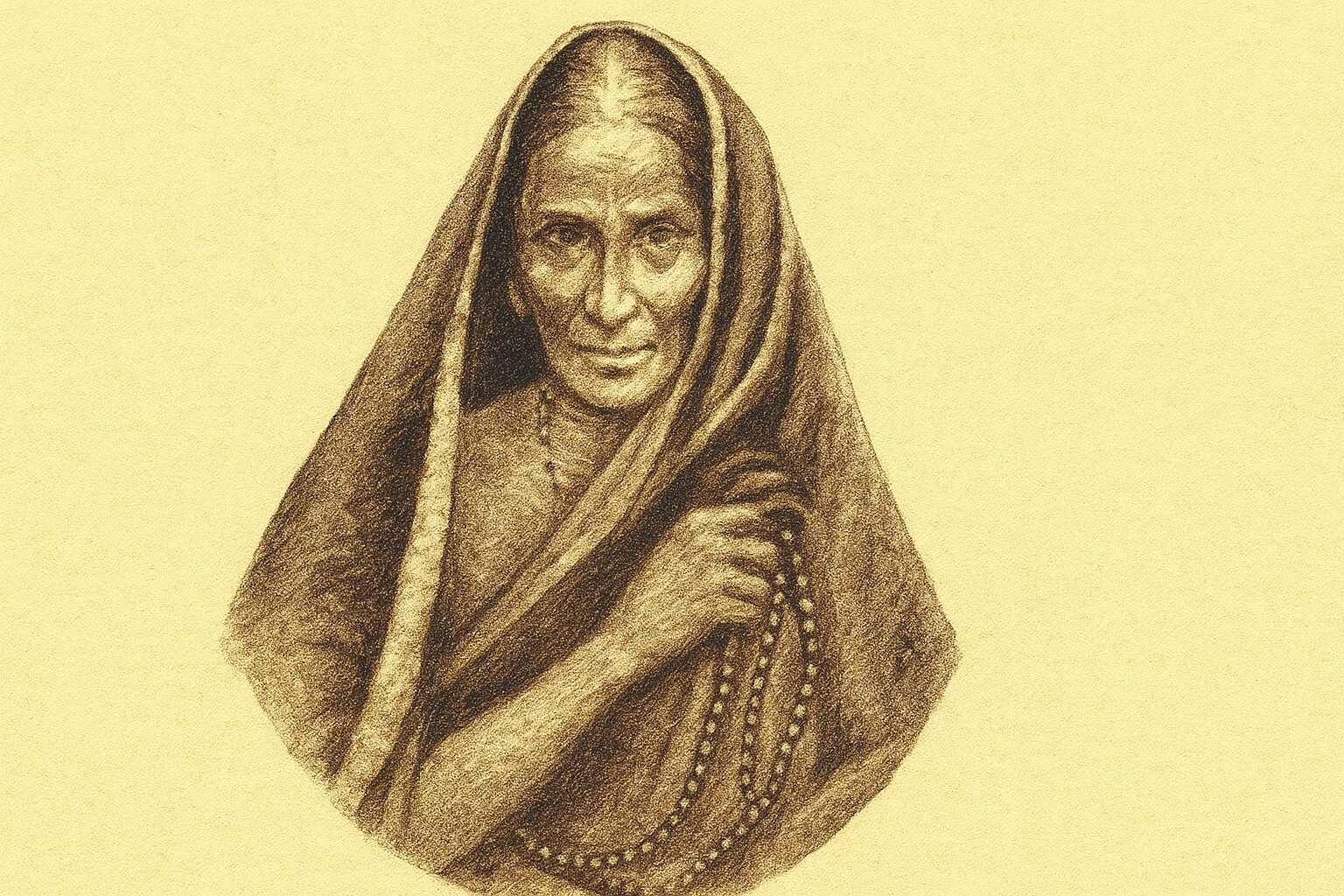Khichdi: A Culinary Journey through Time and Tradition

Khichdi, a humble and wholesome dish, has been a staple in the diets of millions across the Indian subcontinent for centuries. Combining rice, lentils, and a variety of spices, khichdi is not only a satisfying comfort food but also a culinary delight steeped in history and tradition. In this blog, we embark on a flavorful journey to explore the fascinating history and origin of khichdi, unearthing the cultural significance and regional variations that have made it a beloved dish in India and beyond.

Ancient Roots
The roots of khichdi can be traced back to ancient India, where it first emerged as a simple, nutritious, and easily digestible meal. The earliest mentions of khichdi can be found in ancient texts like the Charaka Samhita and Sushruta Samhita, both dating back to the 6th century BCE. These texts, which are foundational works of Ayurveda, refer to khichdi as an essential dietary component for maintaining health and well-being.
Khichdi was prized for its simplicity, as it required minimal ingredients and could be prepared quickly. The combination of rice and lentils provided a balanced source of carbohydrates and proteins, making it an ideal meal for people of all ages. Over time, the dish gained popularity across different regions of the Indian subcontinent, adapting to local tastes and preferences.

Religious and Cultural Significance
Beyond its nutritional value, khichdi has deep-rooted religious and cultural significance in India. In Hindu traditions, khichdi is often offered as a sacred dish during auspicious occasions and festivals. One notable example is the Makar Sankranti festival when people in various parts of India prepare khichdi to celebrate the transition of the sun into the zodiac sign of Capricorn.
In some regions, khichdi is also associated with healing rituals and religious ceremonies. It is believed to have therapeutic properties, especially during times of illness, and is frequently served to patients recovering from ailments.

Variations Across the Subcontinent
As khichdi became a culinary staple in different parts of the Indian subcontinent, it underwent regional transformations, adopting various ingredients and preparation methods. Let’s explore some of the popular regional variations of khichdi:
- Khichdi in North India: In the northern states of India, khichdi is often prepared with rice, yellow moong dal (split mung beans), and a blend of aromatic spices like cumin, coriander, and turmeric. It is typically served with yogurt, papad (thin, crisp disc-shaped snack), and pickles.
- Khichuri in Bengal: Known as “khichuri” in Bengal, this version includes fragrant Gobindobhog rice, split green moong dal, and vegetables like cauliflower, peas, and potatoes. It is traditionally served with a variety of side dishes, such as fried eggplant, begun bhaja, and a sweet chutney made from tamarind and dates.
- Bisi Bele Bath in Karnataka: This Karnataka-style khichdi combines rice, toor dal (split pigeon peas), and a unique spice blend called “bisi bele bath masala,” which includes red chili, coriander, and fenugreek seeds. It is often garnished with cashews and served with a dollop of ghee.
- Pongal in Tamil Nadu: In Tamil Nadu, khichdi takes the form of “pongal,” prepared with rice, moong dal, and flavored with peppercorns, cumin, and ginger. Pongal is a significant dish during the harvest festival, Thai Pongal.
- Khichdi in Gujarat: In Gujarat, khichdi is paired with kadhi, a yogurt-based soup, and served with a generous topping of ghee and a sprinkle of roasted cumin seeds.

Historical Significance
Khichdi holds historical importance beyond its culinary appeal. During times of drought, famine, or wars, khichdi emerged as a lifesaving ration for armies and communities due to its simplicity, ease of preparation, and nutritional value. It was a practical solution to feed large groups of people during difficult times, and its popularity grew as it became associated with survival and resilience.
Colonial Influence and Modern Adaptations
During the British colonial era, khichdi evolved further as it encountered foreign influences. The British considered khichdi to be a humble, homely dish, and its simplicity was sometimes looked down upon. As a result, the colonial period saw the emergence of more elaborate rice dishes that catered to British tastes. However, despite these changes, khichdi remained an integral part of Indian cuisine, cherished by the locals and eventually reclaiming its rightful place on the culinary stage.
In recent years, khichdi has also seen modern adaptations, particularly as a nutritious and easily digestible meal for infants and toddlers. Additionally, it has gained popularity among health-conscious individuals due to its balanced nutritional profile.

Khichdi and the Guinness World Record
In 2017, the Indian government made an ambitious attempt to promote khichdi on a global platform by attempting to set a Guinness World Record for the largest serving of khichdi. The event took place at the World Food India event in New Delhi, where chefs prepared a massive cauldron of khichdi weighing over 9180 kilograms (over 20,000 pounds). The aim was to showcase the cultural significance and diversity of Indian cuisine while celebrating the timeless appeal of khichdi.

Conclusion
Khichdi, with its rich history and diverse regional variations, embodies the essence of Indian culinary traditions. From its ancient origins as a simple and nourishing dish to its role in religious rituals and cultural celebrations, khichdi has played an integral part in the lives of people across the Indian subcontinent. Its resilience and ability to adapt to changing times and tastes have ensured its enduring popularity, making it a beloved comfort food cherished by millions.
As we savor the flavors of khichdi, we are reminded of its timeless appeal and the cultural significance that has been passed down through generations. Khichdi remains not only a delicious and comforting meal but also a symbol of unity and tradition, bridging the past and the present in every satisfying spoonful.


